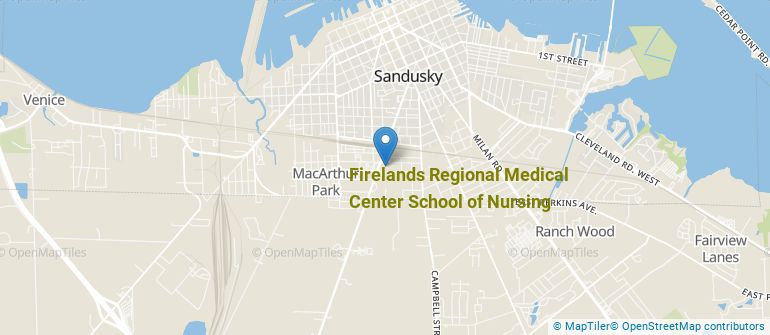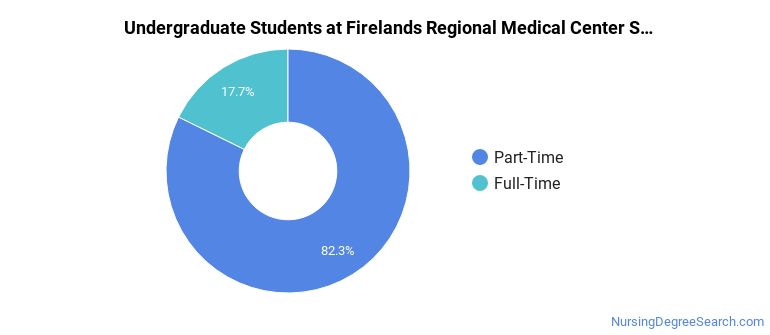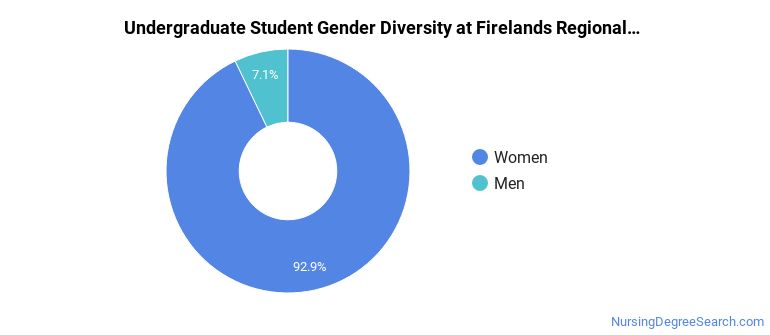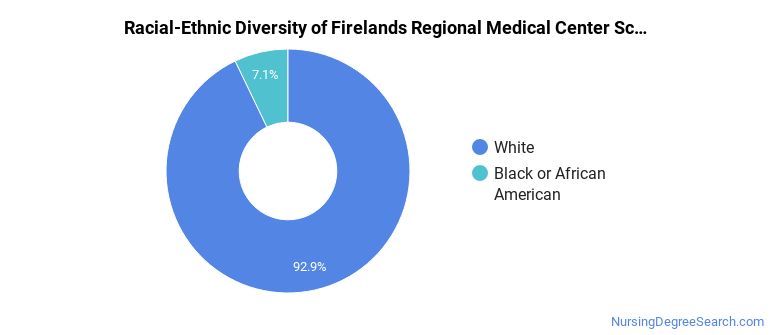Firelands Regional Medical Center School of Nursing Nursing Programs
Located in Sandusky, Ohio, Firelands Regional Medical Center School of Nursing is a private not-for-profit institution. The location of the school is great for students who enjoy the amenities of city life.
Where Is Firelands Regional Medical Center School of Nursing?

Contact details for Firelands Regional Medical Center School of Nursing are given below.
| Contact Details | |
|---|---|
| Address: | 1912 Hayes Ave, Sandusky, OH 44870 |
| Phone: | 419-557-7110 |
| Website: | www.firelands.com |
How Do I Get Into Firelands Regional Medical Center School of Nursing?
You can apply to Firelands Regional Medical Center School of Nursing online at: https://www.firelands.com/schoolofnursing/school-of-nursing-online-application/
Can I Afford Firelands Regional Medical Center School of Nursing?
The student loan default rate at Firelands Regional Medical Center School of Nursing is 2.6%. This is significantly lower than the national default rate of 10.1%, which is a good sign that you'll be able to pay back your student loans.
Firelands Regional Medical Center School of Nursing Undergraduate Student Diversity

Gender Diversity
Of the 14 full-time undergraduates at Firelands Regional Medical Center School of Nursing, 7% are male and 93% are female.

Racial-Ethnic Diversity
The racial-ethnic breakdown of Firelands Regional Medical Center School of Nursing students is as follows.

| Race/Ethnicity | Number of Grads |
|---|---|
| Asian | 0 |
| Black or African American | 1 |
| Hispanic or Latino | 0 |
| White | 13 |
| International Students | 0 |
| Other Races/Ethnicities | 0 |
Firelands Regional Medical Center School of Nursing Nursing Concentrations
The table below shows the number of awards for each concentration.
| Major | Undergraduate Certificate | TOTAL |
|---|---|---|
| Registered Nursing | 32 | 32 |
| TOTAL | 32 | 32 |
References
*The racial-ethnic minorities count is calculated by taking the total number of students and subtracting white students, international students, and students whose race/ethnicity was unknown. This number is then divided by the total number of students at the school to obtain the racial-ethnic minorities percentage.
More about our data sources and methodologies.
